“A long journey through the shapeless and bubbling matter, touching the void in the area of zero.” Tadeusz Kantor

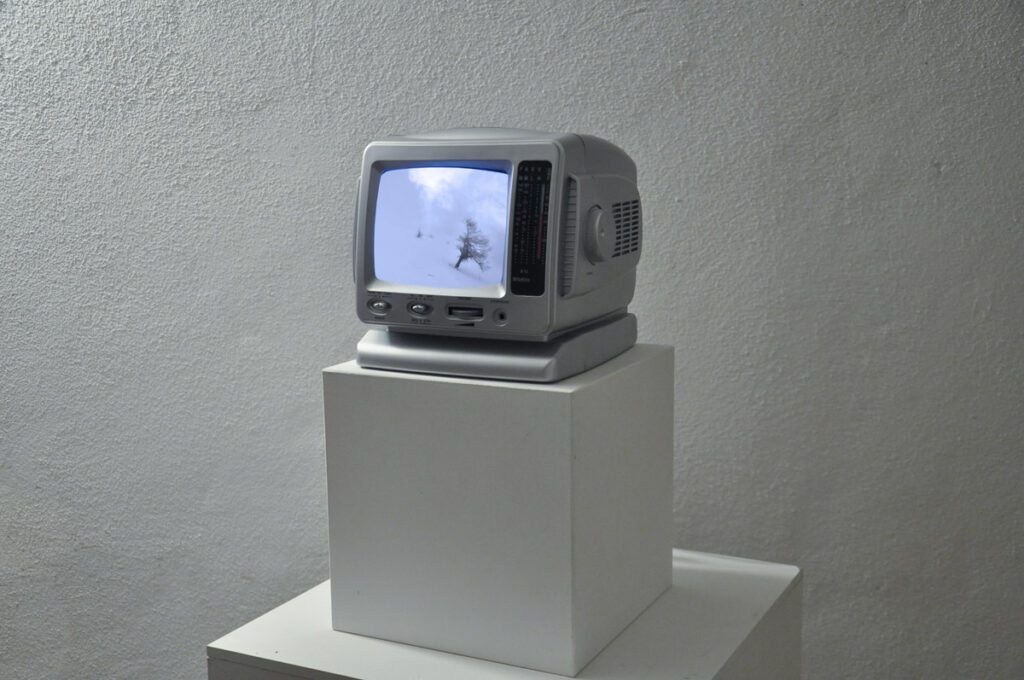


“A long journey through the shapeless and bubbling matter, touching the void in the area of zero.” Tadeusz Kantor






Explanation of the variables:
P(F): Probability of forgetting. This lies between 0 and 1
M: Memory strength. It describes how well the information is anchored in the memory. A high value for M reduces the probability of forgetting.
R: Relevance. The more relevant information is, the more it is remembered and the less likely it is to be forgotten.
P: Perception. Describes the intensity with which the information is absorbed. A high intensity of perception reduces forgetting.
SM: Mental State. This value influences the ability to perceive and retain information. A high value means a stable mental state and reduces forgetting.
t: Time – Time. The probability of forgetting increases with increasing time.
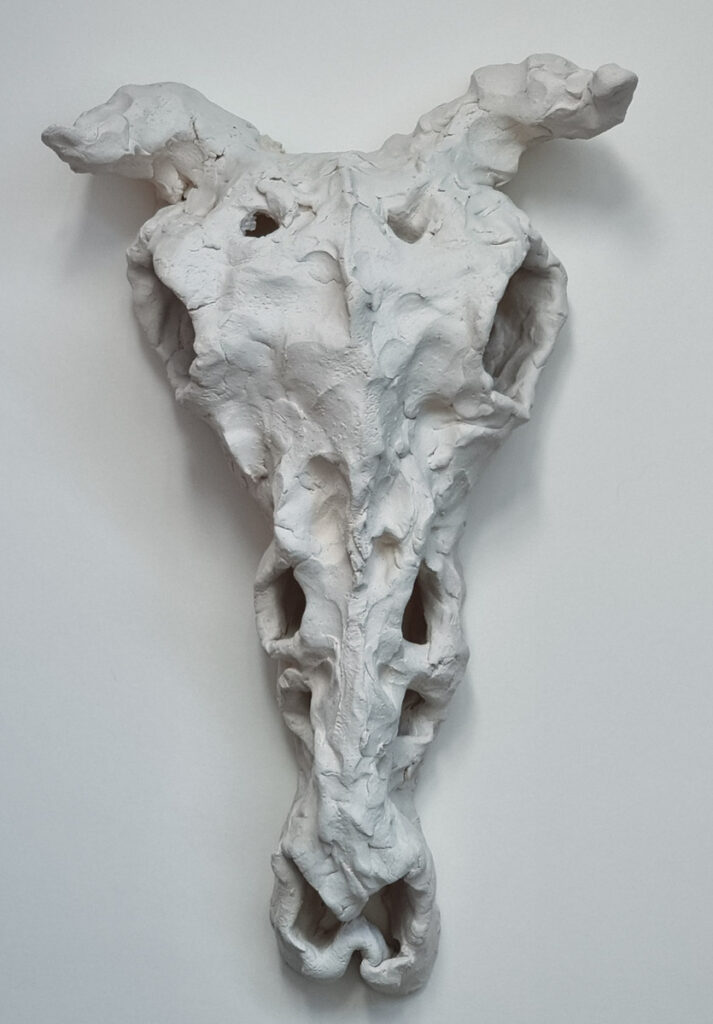


Interpretation:
This formula is based on an exponential decay model, similar to the model of radioactive decay or other forms of memory loss over time. When memory strength, relevance, perception and psychological state are all high, the value in the exponent is very large, and P of F approaches 0, which means that the probability of forgetting is low. However, as time t increases, the exponent becomes smaller, bringing P(F) closer to 1 – forgetting becomes more likely.

2024, Video with sound, trailer 1:59 min
Forces of nature mingle with landmarks of civilization and do not depict glorified places of longing. In the frenzy of speed, the moment evaporates and yet always returns – like the seasons.
All the videos are looped – without beginning or end, and seemingly endless – like the return of the seasons or the collective murmuring of a rosary.
Following on from the romantic landscapes of the 19th century, this video cycle in 4 parts shows landscapes of the 21st century, oscillating between real and artificial.


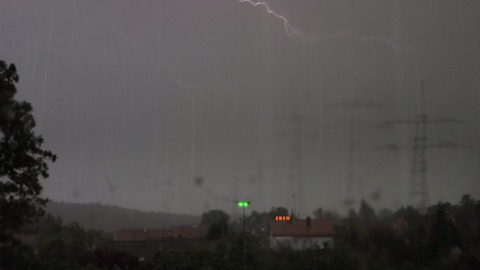

Spring, 3:21 min — Spring is dawning, but nature has not yet awoken – bare trees pass by. Here and there a car. Memories echo in the distance.
Autumn, 3:11 min — Rain pattering on a window. The landscape behind it seems strangely alive. Is it breathing? Is it raging? A harbinger of imminent death – in winter!
Summer, 4:24 min — A sandstorm bathes the passing landscape in warm yellow. Beautiful and terrible. Terribly beautiful.
Winter, 10 min — “Home” passes by. Will it come again? The monotonous rolling noise on the old railroad tracks makes you sleepy, and a white oblivion covers your thoughts.

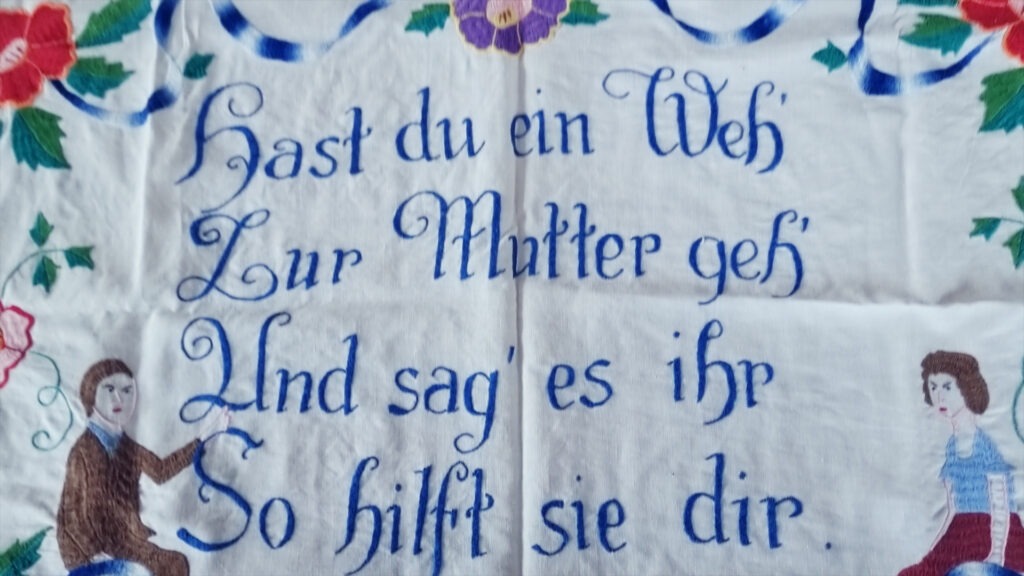
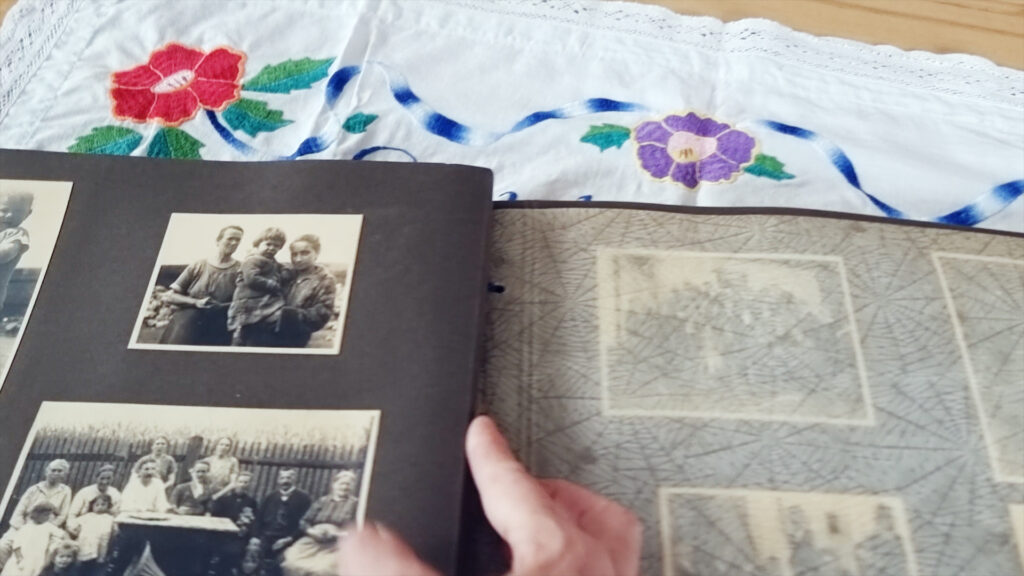
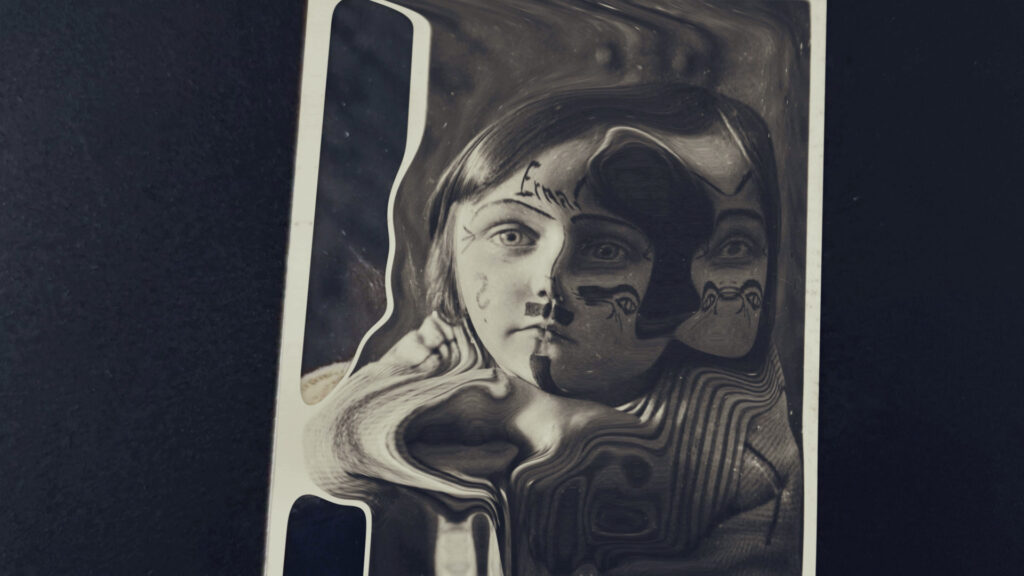
UT: German, English, French, Romanian
Language: German



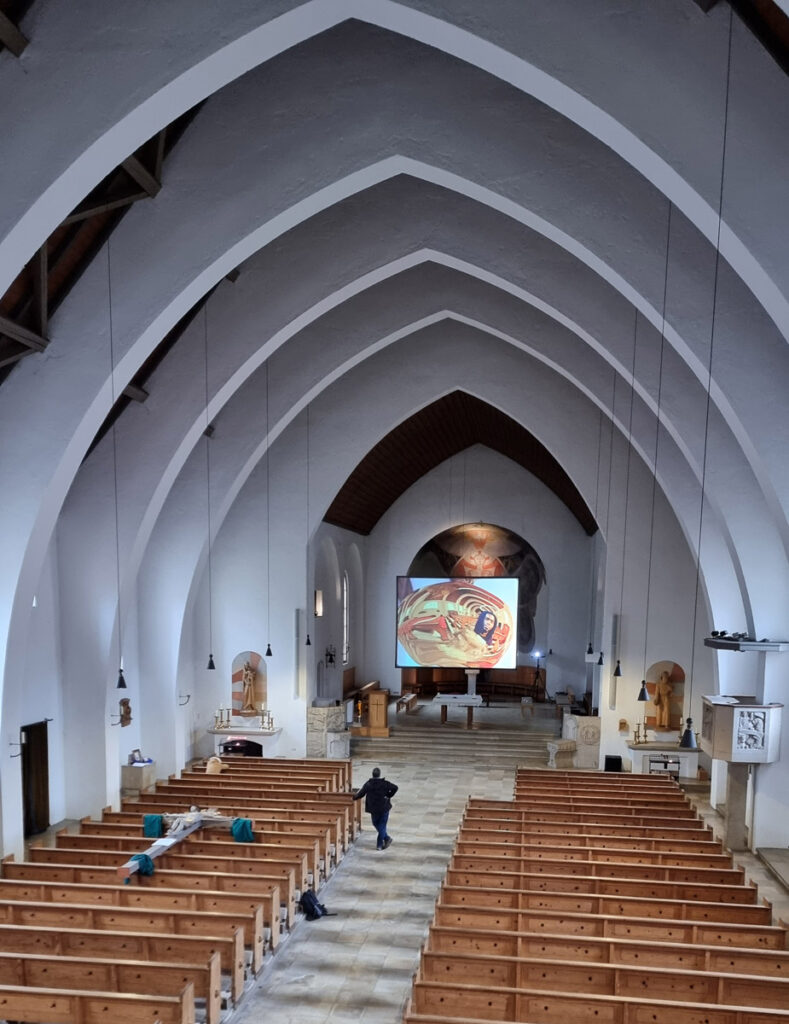

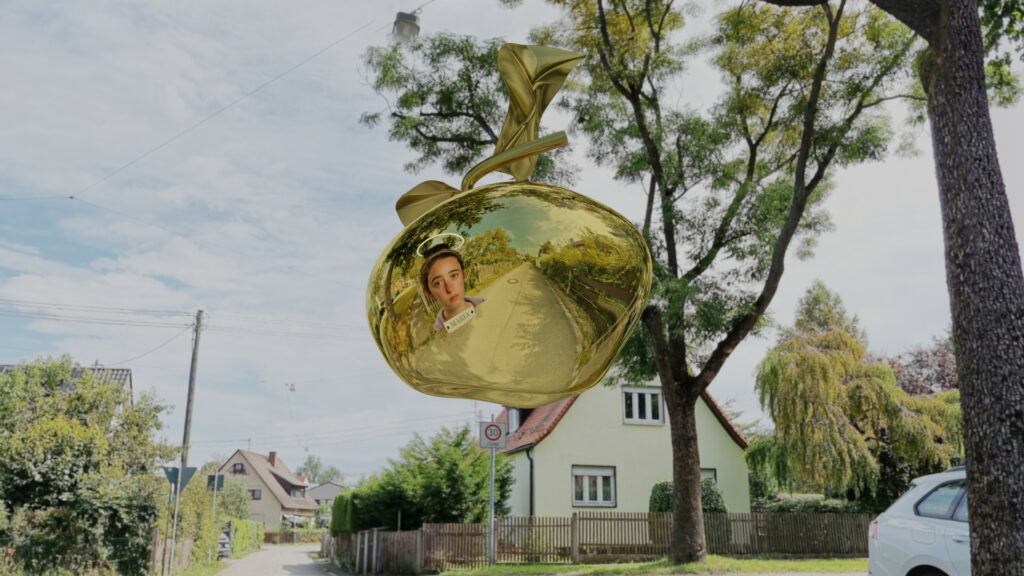
The apple was and is highly symbolic in many cultures: be it as a symbol of eternal youth, eternal life, love, fertility, paradise and the fall of mankind.
In this installation, a golden apple floats in the air like a fixed star. Familiar places are reflected on its shiny surface (in the Bärenkeller district of Augsburg). How are people doing there and in the world?
In contrast, the two-dimensional portraits in this landscape appear strange. Who are these people? The Holy Family? Our neighbours? They never existed, but are the outputs of an artificial intelligence. We live in a time of upheaval. New technologies give us the feeling that we are increasingly losing control over truth and lies, over good and evil. Is this paradise on earth?
The apple hides a secret inside, because there is a small star made up of 5 seeds. It reminds us that our actions determine whether we come a little closer to “paradise on earth”.
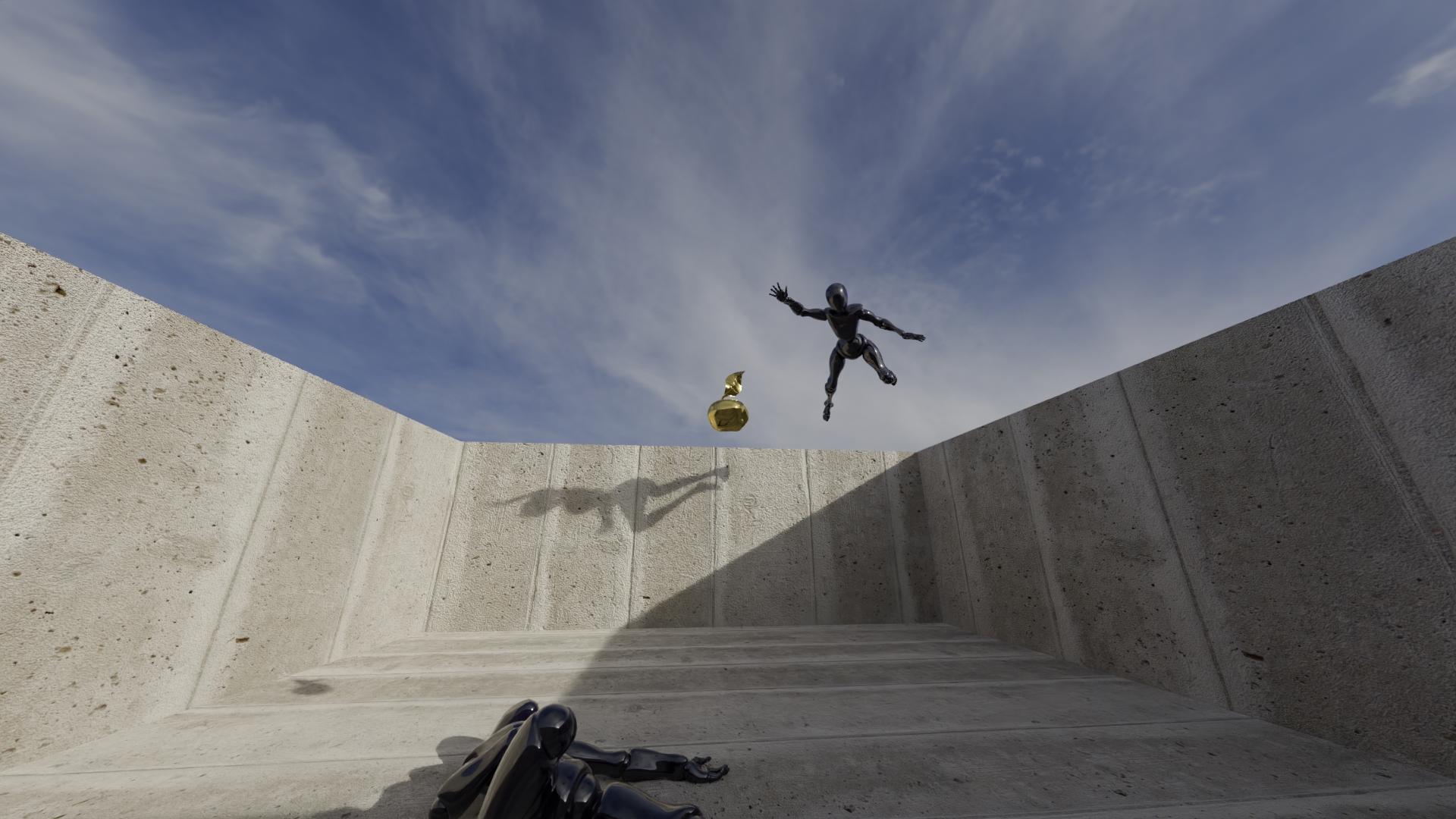
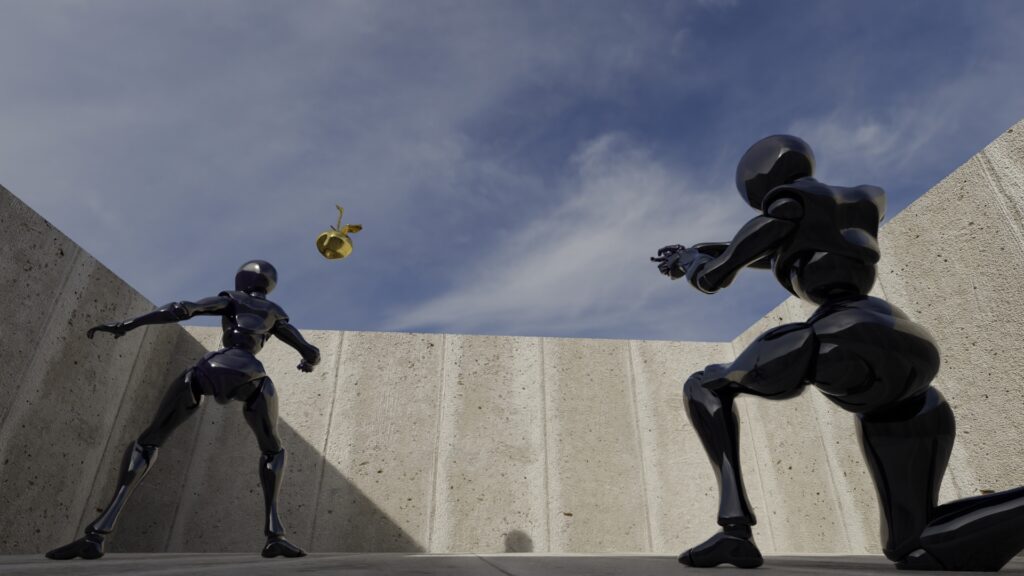
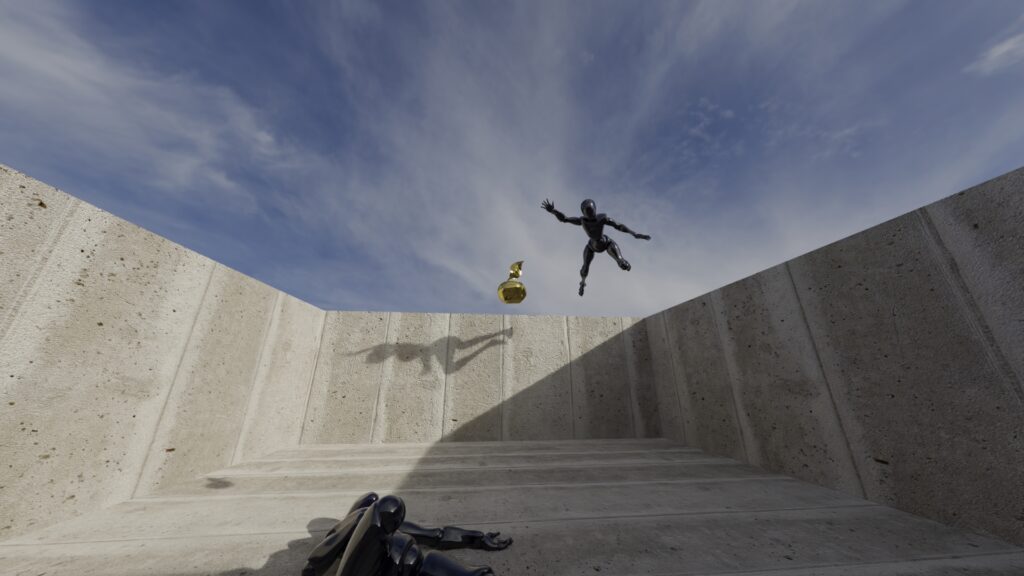
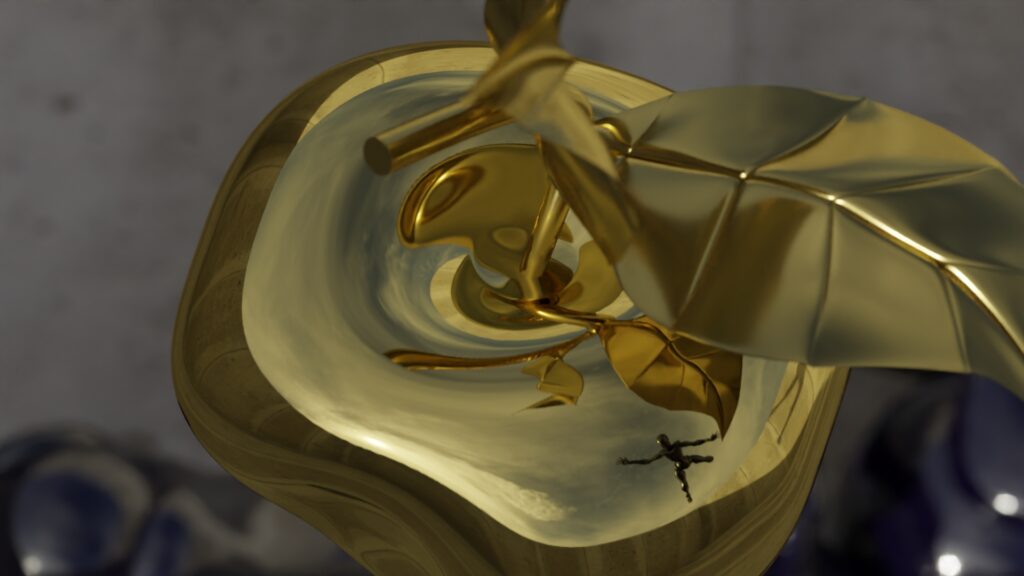
This work refers to the island of Avalon (Gallo-Indo-Germanic abal = apple) from Celtic mythology, which was regarded as “paradise”.
In an undefined space and unknown time, we circle around two faceless avatars with a golden apple in the middle. All striving seems to be directed towards this apple, which nevertheless remains out of reach for everyone in the end.
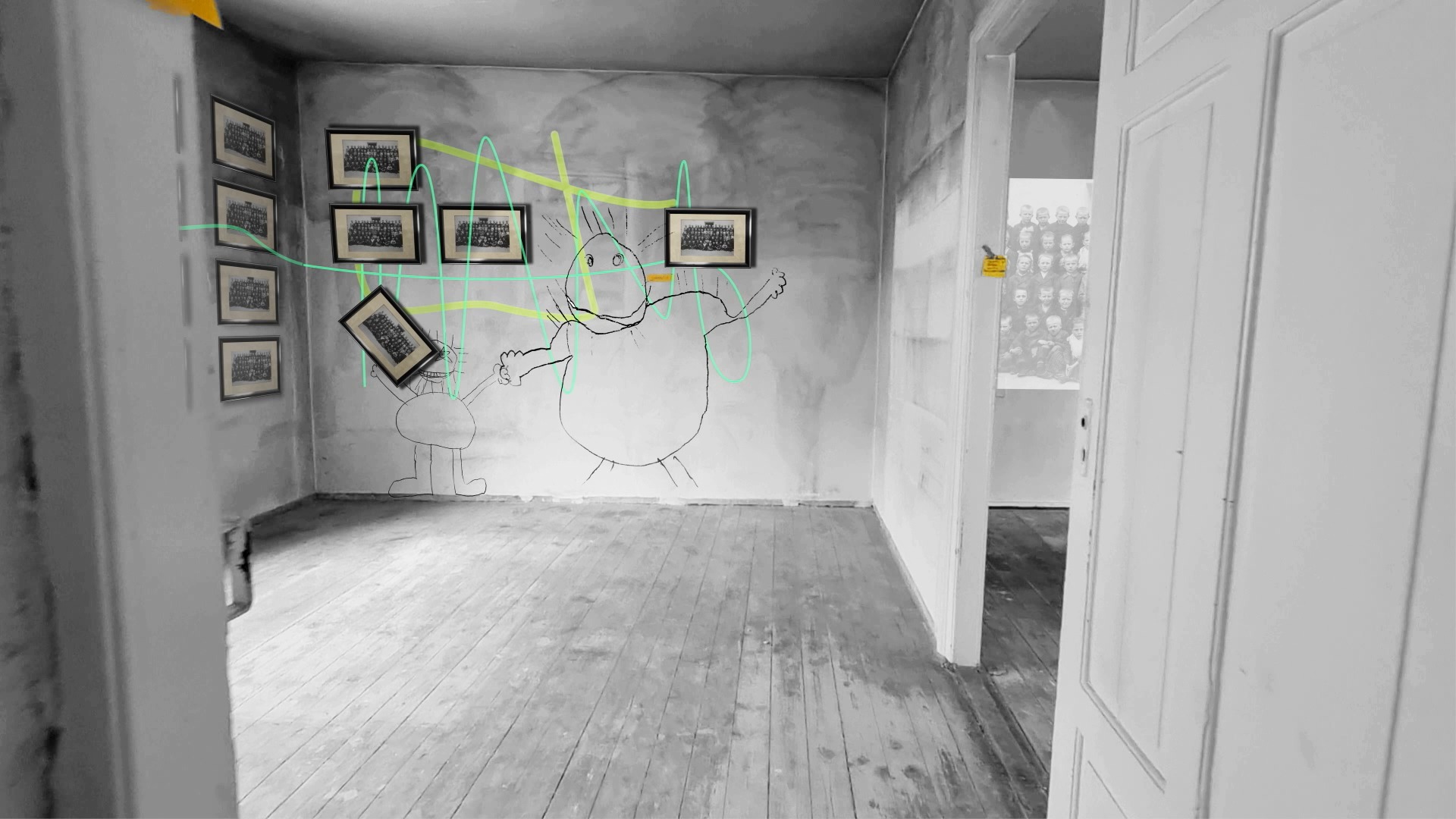
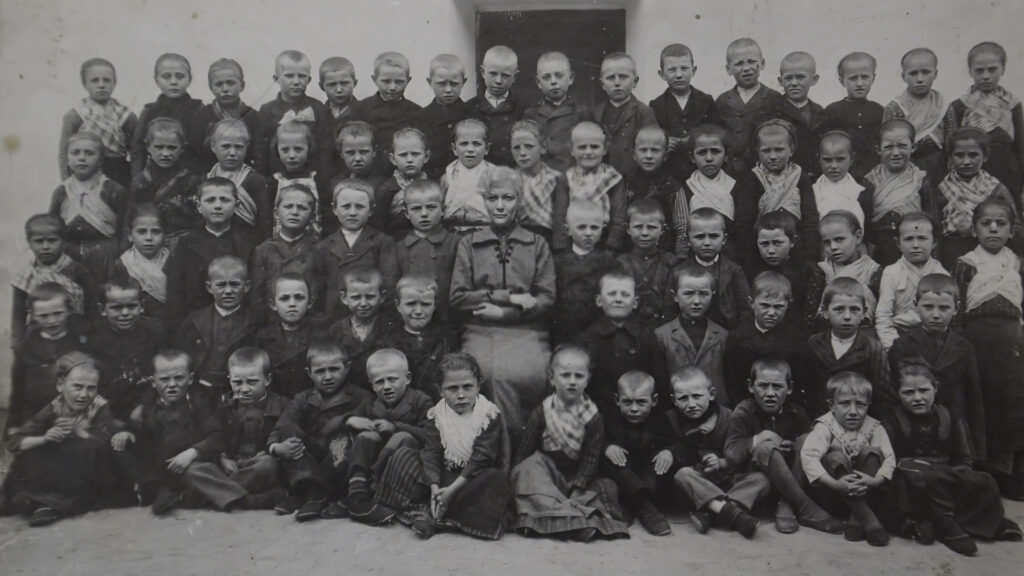
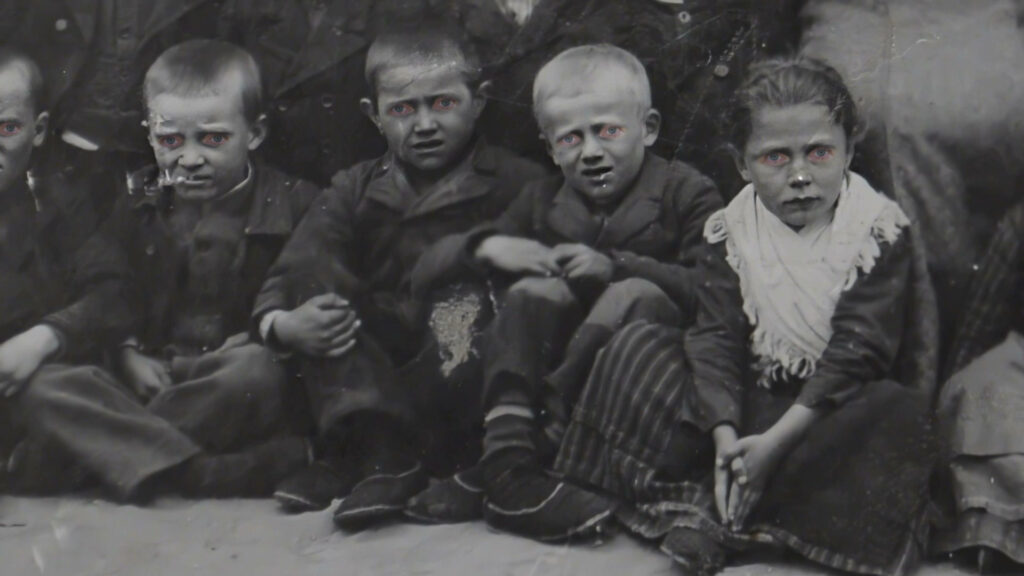

“We all carry a dead child within us.“ Christian Boldtanski quotes Tadeusz Kantor
An abandoned house*. The rooms bear witness to the fact that people once lived here. Reality and fiction, present and past merge here. We wander through the rooms like in a nightmare and are repeatedly confronted with an old class photo. On the back of the real-life photo is written: “Class of 1911”. Who were these people? Does anyone still remember them? I lend them my eyes and bring them back to life post mortem. An artificial liveliness.
I (Erika) sit in the middle of these children as a link between yesterday and today and think aloud about the fear of disappearing.

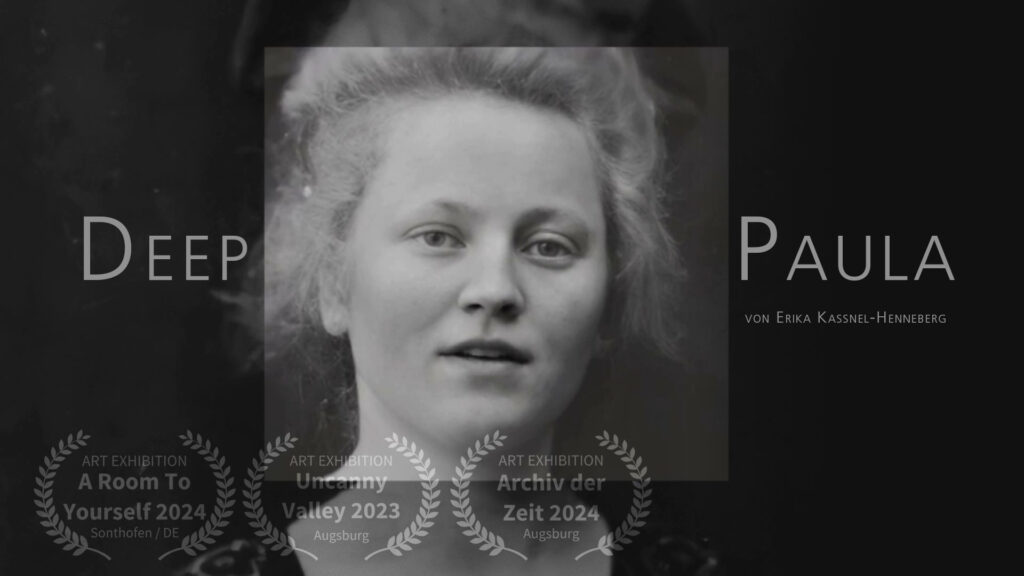
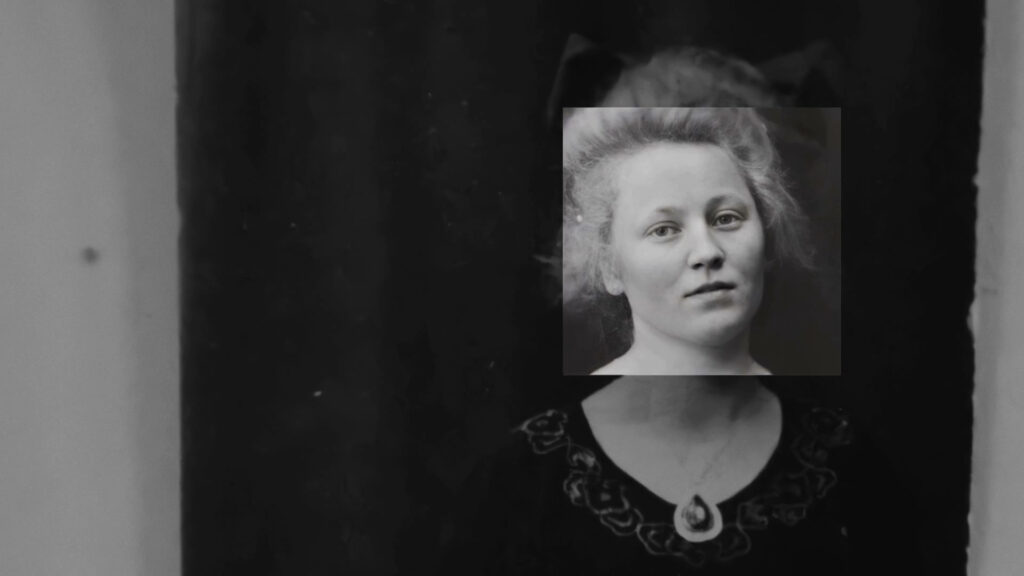
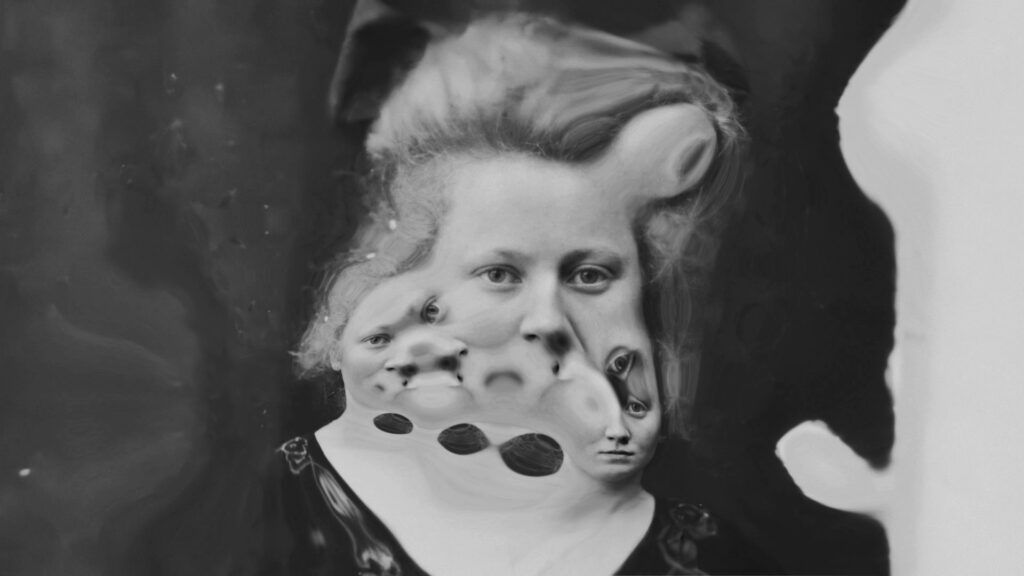
In this work, we are confronted with an old photo that has been “brought to life” with the help of artificial intelligence. Does the girl seem authentic? Do we feel closer to her? What becomes of faulty memory when it gives way to artificial liveliness? Isn’t this illusion more likely to help us forget the last remnants of our memory of the real person? And would “Paula” have liked what we do with her memory?
Thanks to artificial intelligence, it is already possible today to create a perfect, seemingly “living” digital self, as offered by companies such as Storyfile and Eternos.life. We leave countless traces on the internet in the form of search queries, purchases, contributions from our lives – photos, videos, comments – and much more. Will this turn us into transparent marionettes that ghost around the web forever? Who is pulling the strings in the background? Will we still be able to tell the difference between living and dead, human and artificial? And further: if the loss of a person is compensated for by a digital twin – what meaning will farewell, grief and pain still have?
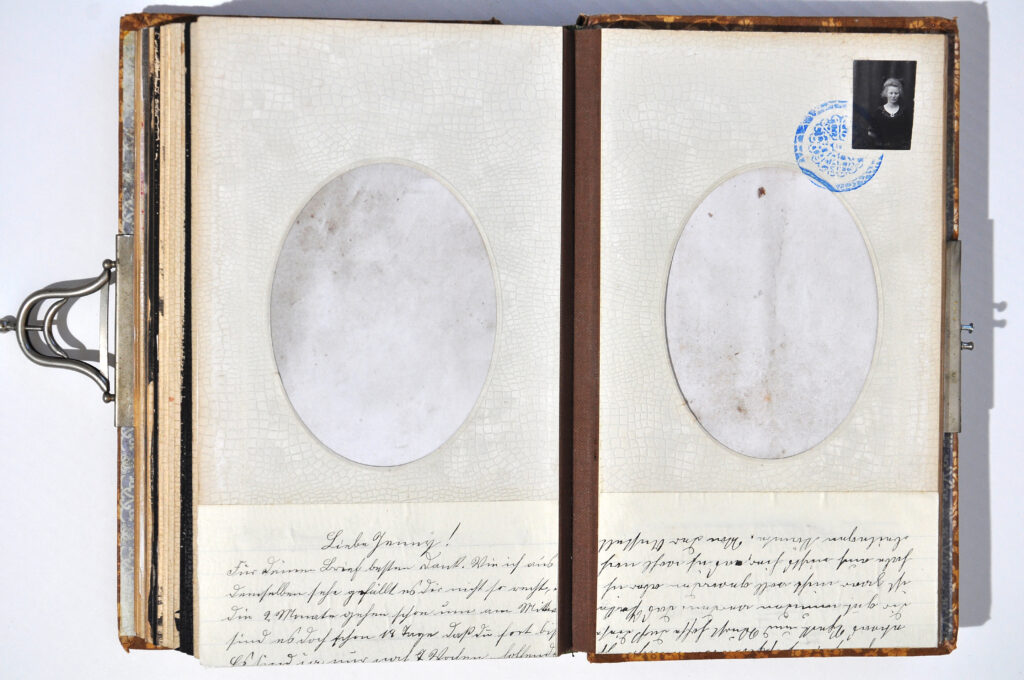
“Paula’s” real portrait photo can be found in the work Below the Surface (Book Object).
Music: AI-generated
Can you imagine that the memory of you exists forever on the net as a living digital twin?
Would you like to resurrect a deceased loved one as a digital copy?
Would you consider bringing a photo of a deceased loved one to “life” using an AI application? Yes? / No?
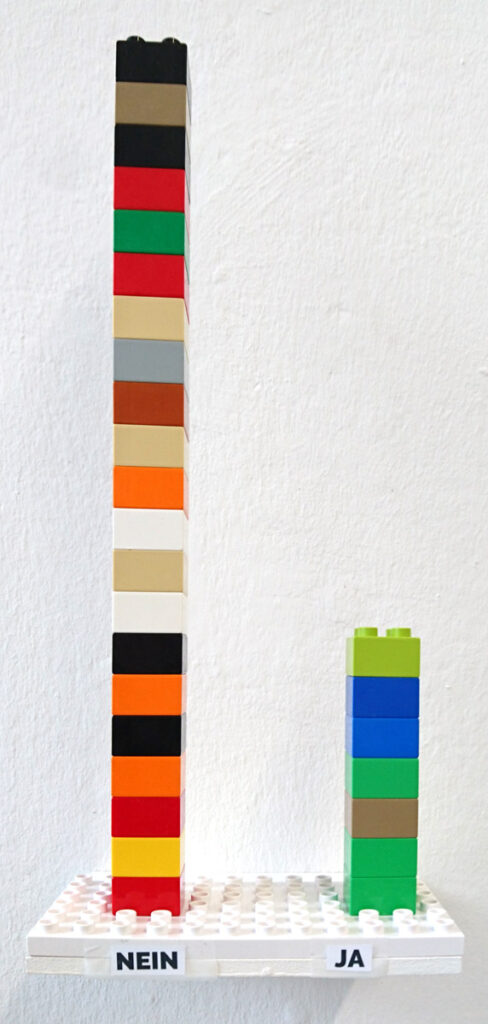
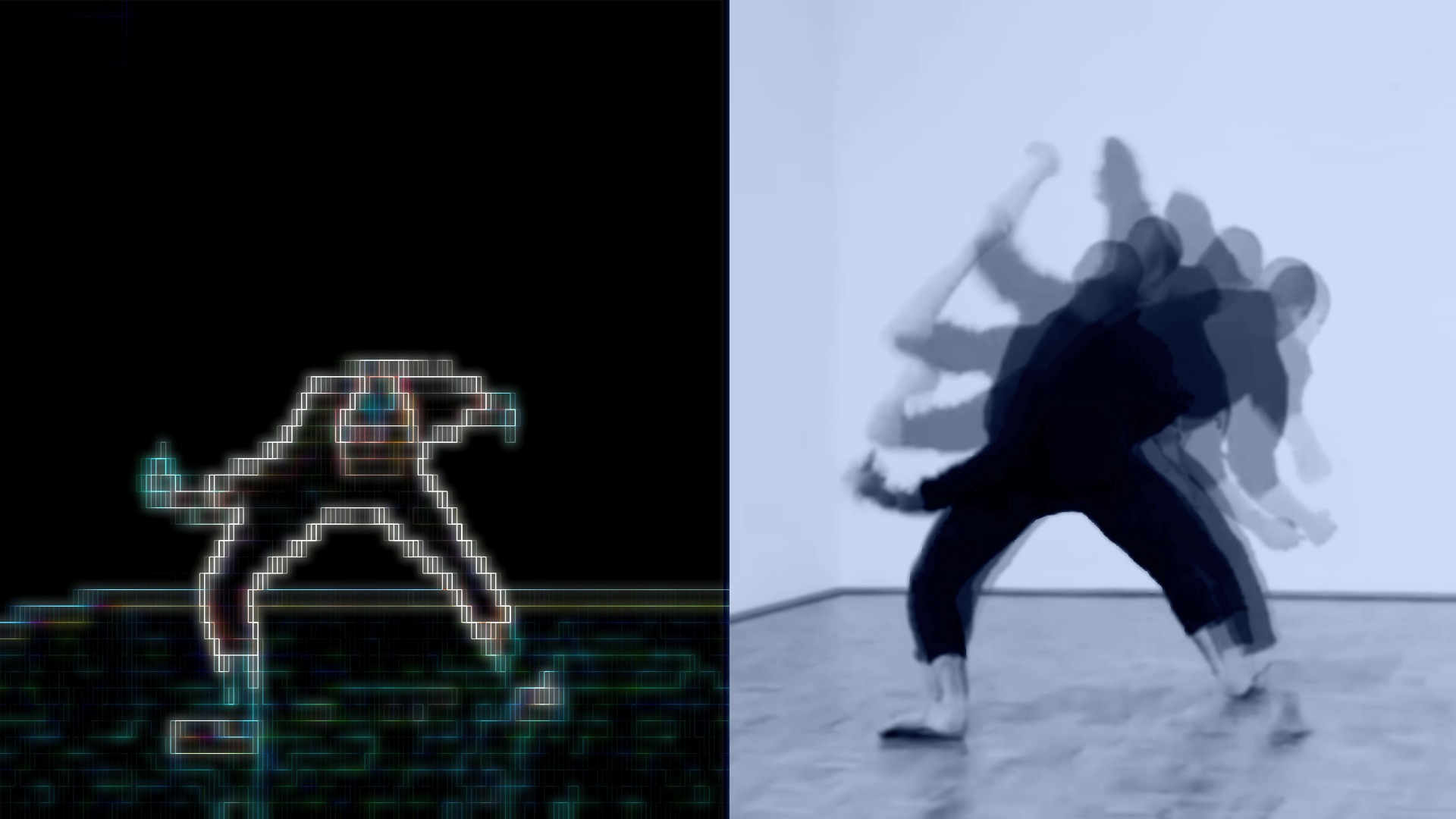
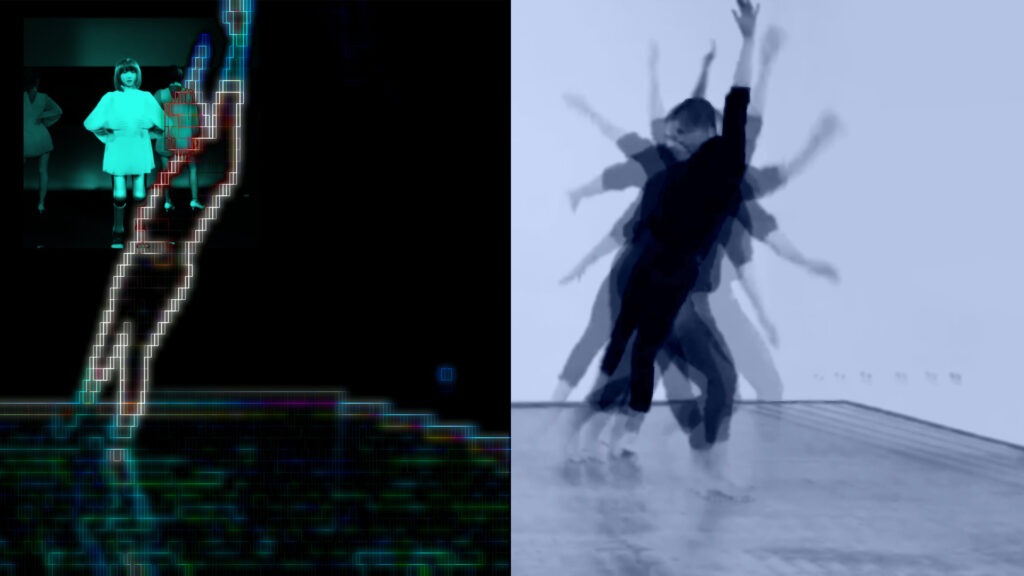
Based on the work Conditio Humana I, the question of what the conditio humana is is continued here. If we consider the highest art form of human movement – dance – it is a combination of absolute body control, elegance and emotionality. This is contrasted here with a “dance” by the humanoid robot HRP-4C, as it was presented to the world public in 2010.
Dancer: Dominik Feistmantl
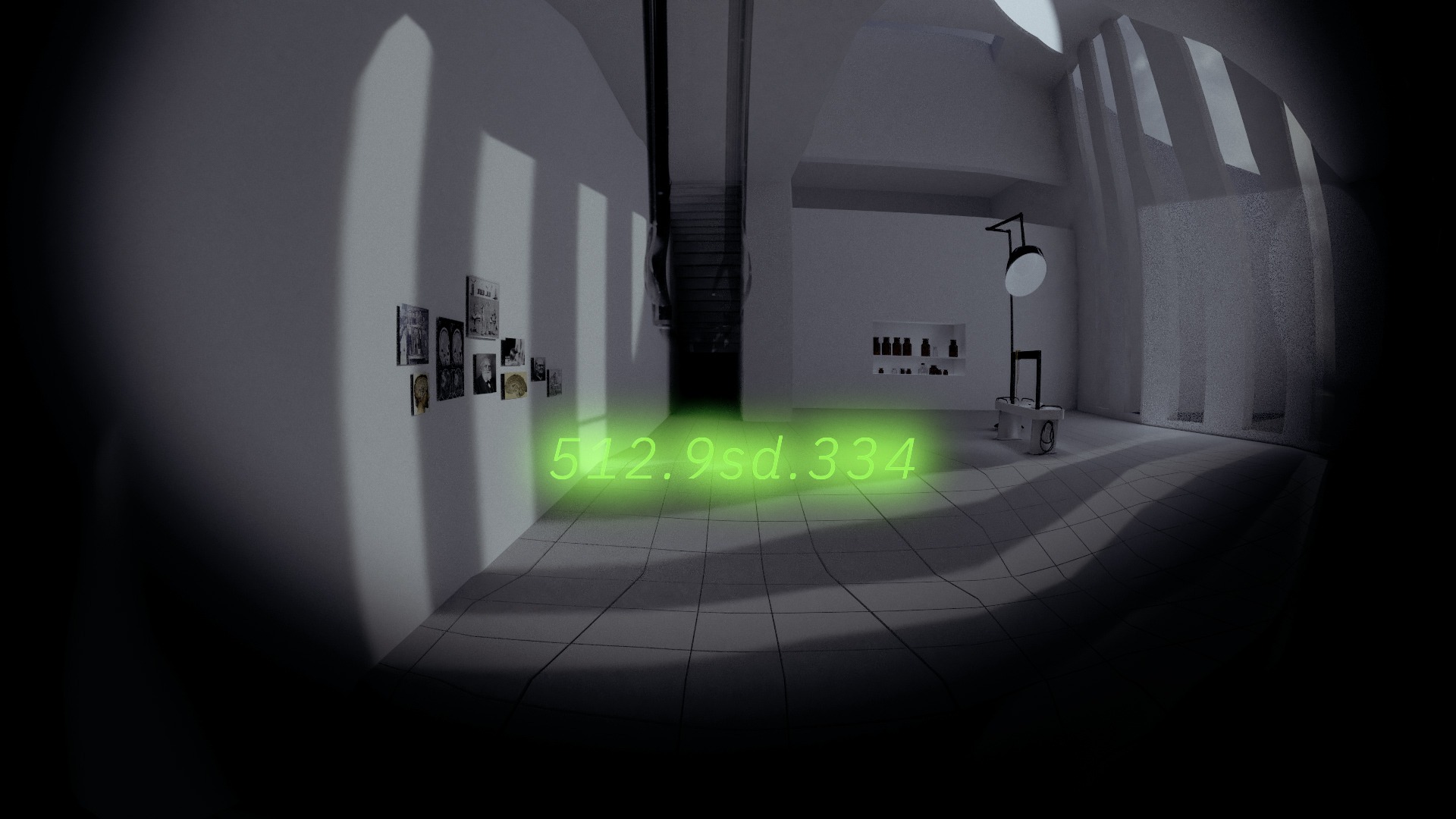
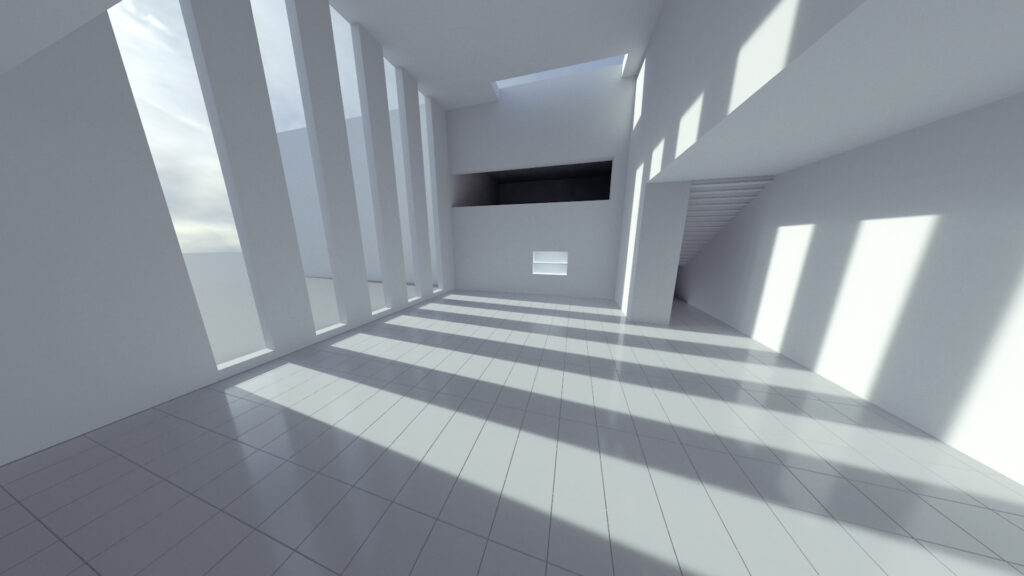
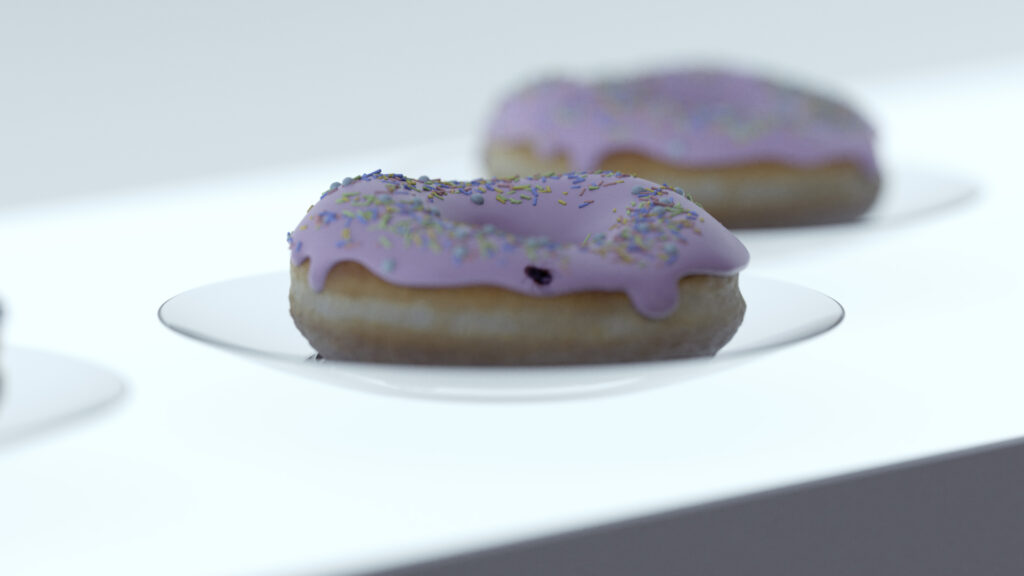
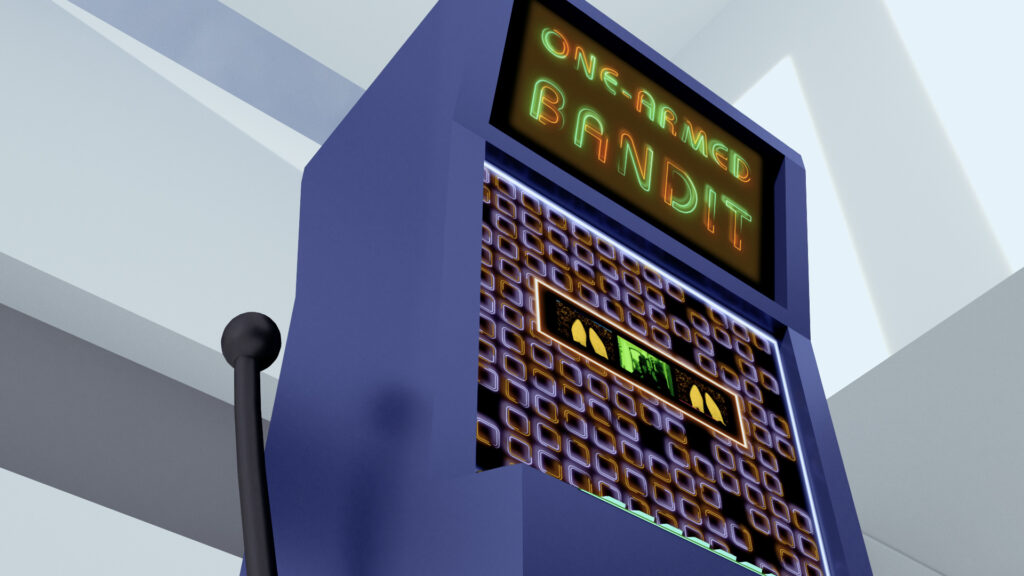
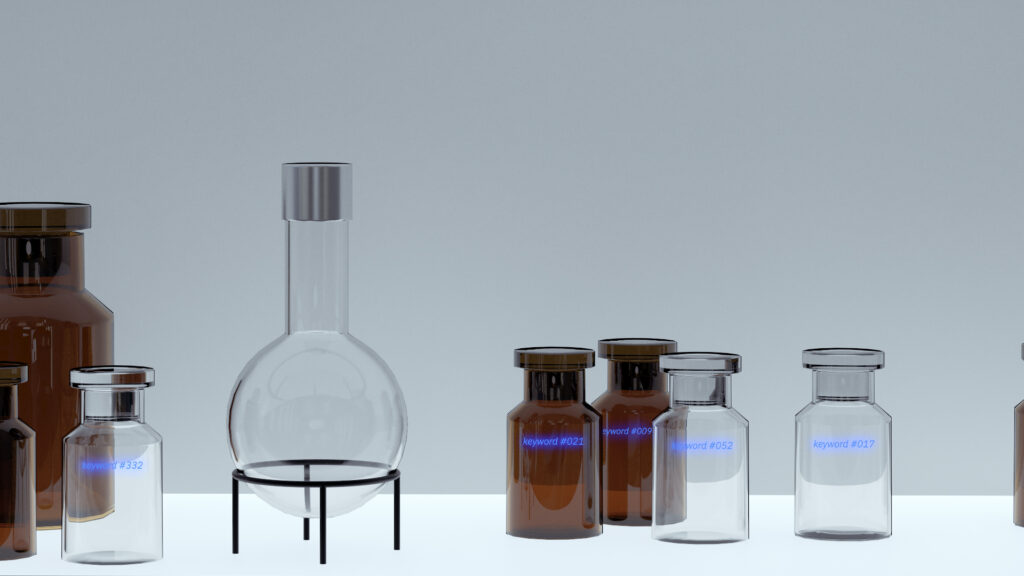
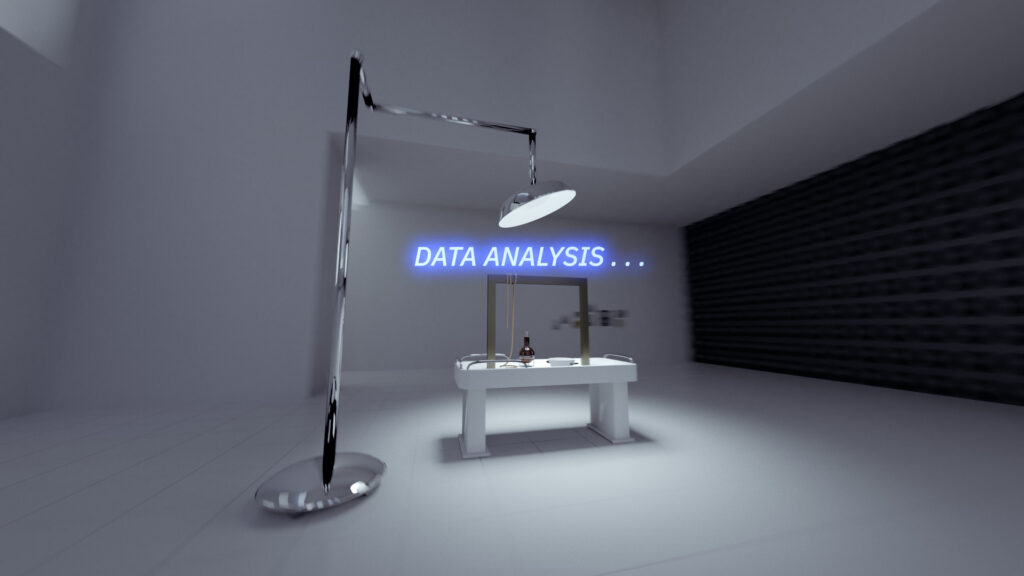
More than one third of the world‘s population is part of the social networking community. Therefore these platforms play an increasing role as economic environments in the online world; and the attention of the user becomes a precious, but scarce resource. But the business model of gratuitious access to these communities hides a significant danger: surveillance and behavior modification by private enterprise companies, who develop powerful tools for manipulation. This new technology is called Attention Engineering. It is composed of interface design, gamification and deep learning, and it utilises psychological aspects of human behavior.